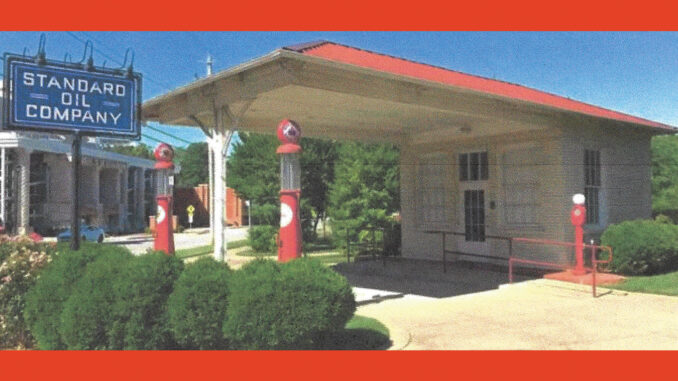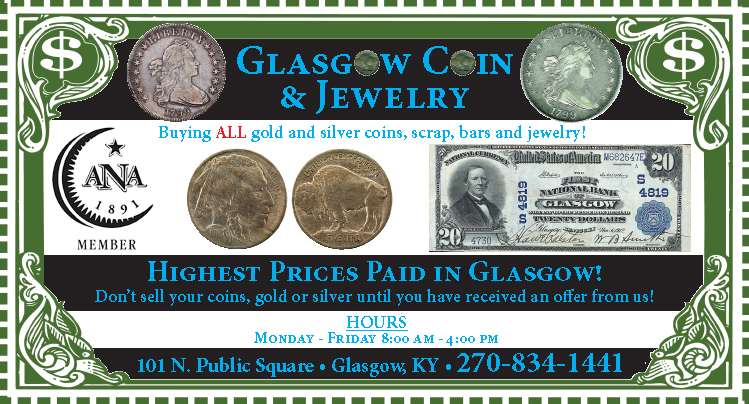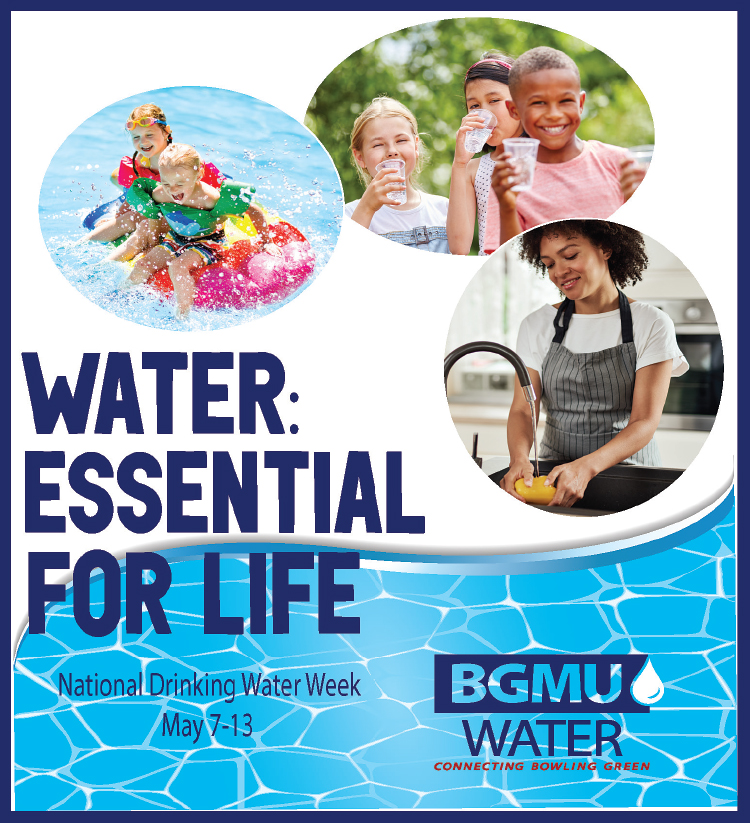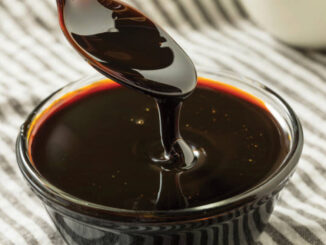
ENVISION THIS:
The driver turned the steering wheel to the right and drove into the line of traffic behind a slow-moving vehicle. He could have gone around it by taking the left lane but the driver was intrigued by the transport. On looking closer he decided the object was a Model T, looking just like the one in his grandfather’s picture album. It was in amazingly good shape. “Must be a car show in town,” was his thought. He stayed behind the device, analyzing its features. “It must have an internal combustion engine in it since the German engineers Benz and Daimler had developed it in the late nineteenth century. The tires are wagon-shaped with the spare on the back. They are obviously pneumatic tires, since the French rubber manufacturer Michelin has been marketing the compressed air tires for several years. Oh, what a beauty it is!”
The gentleman admirer recalled that because of the discovery of the first oil well in Texas in 1901, the prospect of cheap fuel was made possible. Manufacturers like Ransom Olds developed assembly-line production of their automobiles in the same year. Henry Ford soon followed with his assembly-style operation. His Model T (or Tin Lizzie) became the best seller for nearly twenty years.
The driver turned out of traffic into a recently upscaled service center “for gasoline that gives wings to your car… Silver Tip gives you straight run, insuring neither blended nor mixed impurities and quickest spark.” (Stoll Oil Refining Company was one of the leading garages and filling stations in Warren County in 1921.) In 1921, the Popular Mechanic magazine listed Bowling Green as having issued more automobile licenses than any American city of comparative size. With its 15,000 listed residents, automobiles would rate as one to every three individuals. It is said the city was overrun by the current mode of transportation, quickly replacing the city’s trolley service.
Refining companies were faced with an asperity. There was no marketing plan in existence. A quick fix was needed. The refineries already had “on the ground” dealers in their kerosene production so they sent gasoline for sale to the same dealers: blacksmith shops, hardware stores, pharmacies and other similar dealers. Stored in five-gallon cans or in above-ground tanks, the customer would take their purchase out to the auto, put a chamois as a filter over the gas tank funnel and pour the purchased gasoline into the tank.
The system of early distribution of gasoline proved dangerous and inconvenient in commercial settings so locations were sought elsewhere on the traffic routes of patrons. Little shacks housing the gasoline began to appear with room in front for the vehicle to drive up close. Across the nation “filling stations” of various types made their appearance. In the Bowling Green City Directory of 1905, the only mention of gasoline was by Sam Ellis, listing gas and gasoline engines, along with Burnett Hardware Company’s ad for gasoline and oil stoves. By the 1914-1915 city directory, two garages were included, the Imperial Auto Company and W.Y. McGinnis’ establishment, both in the 1000 block of State Street. A noticeable change in auto service began to reveal the growing popularity of the individual mode of transportation. By 1925 the directory used categories of services for traveling public: filling stations, auto accessories, sales and service companies and another long listing of repair shops. Reading the names one feels like every block of the city contained one or two of the services. Bowling Green, the motorized city!
Images of gasoline providers changed rapidly as competition among the big oil companies grew. First, the shack with its tank and drivers’ participation. Then services providing water, cans of oil, and air for the tires were added. About 1913 came more efficient drive-in space to accommodate more than one car. Finally, the development of the tall pumping station highlighted the brightly illuminated roof, full service and many other attractions to win over the customers. From its humble roots, gas stations became a necessary part of citizens’ lifestyles. Standard Oil, Gulf Oil, Conoco Oil, Firestone and Goodrich were among the names common to American car lovers.
-by Mary Alice Oliver
About the Author: Mary Alice Oliver is a Bowling Green native who is a 1950 graduate of Bowling Green High School. She retired from Warren County Schools after 40 years in education. Visiting familiar sites, researching historical records and sharing memories with friends are her passions.






